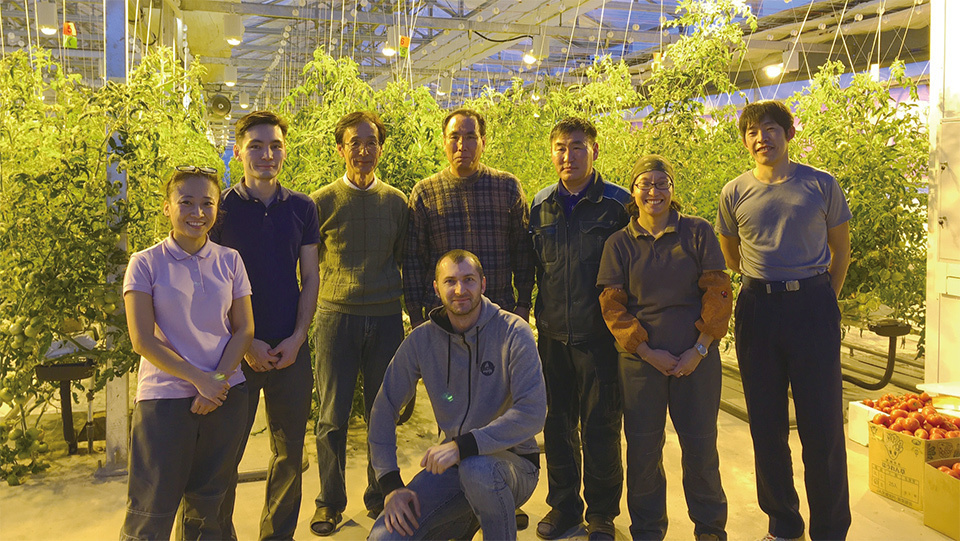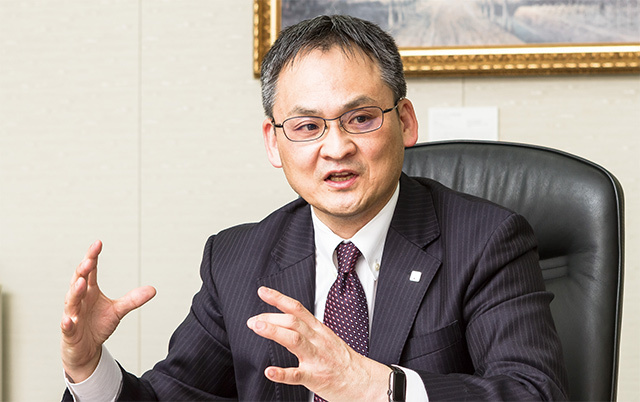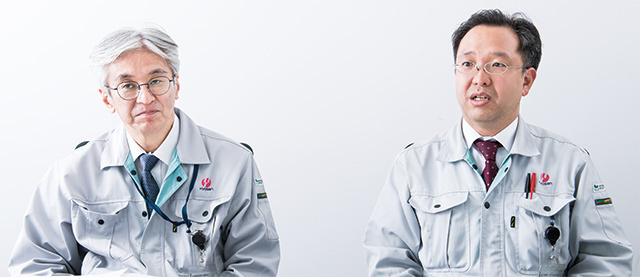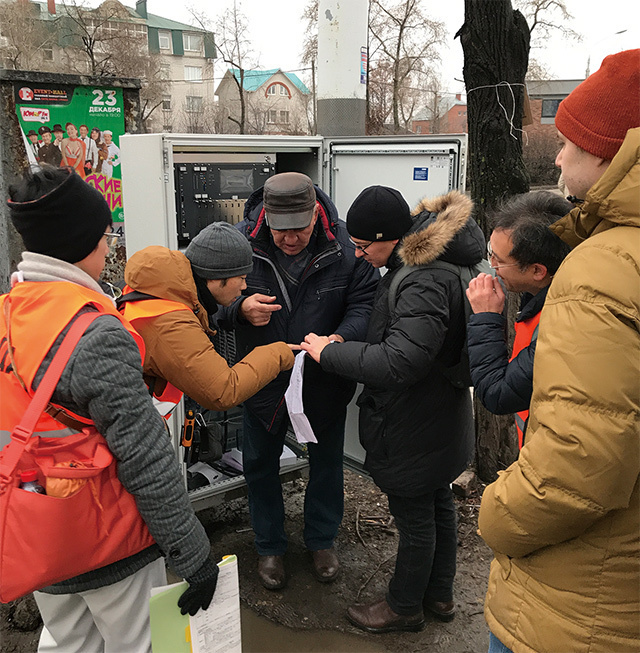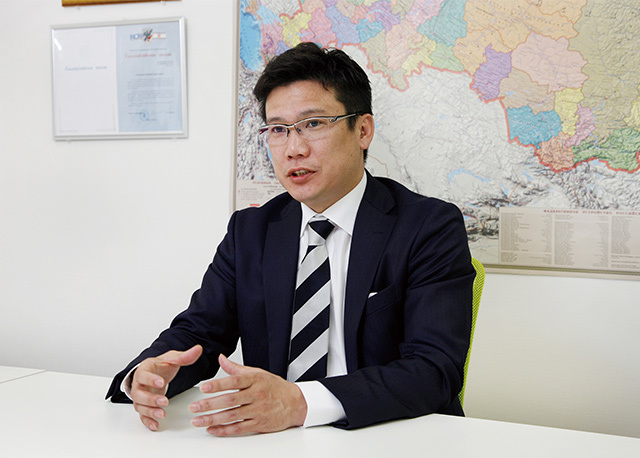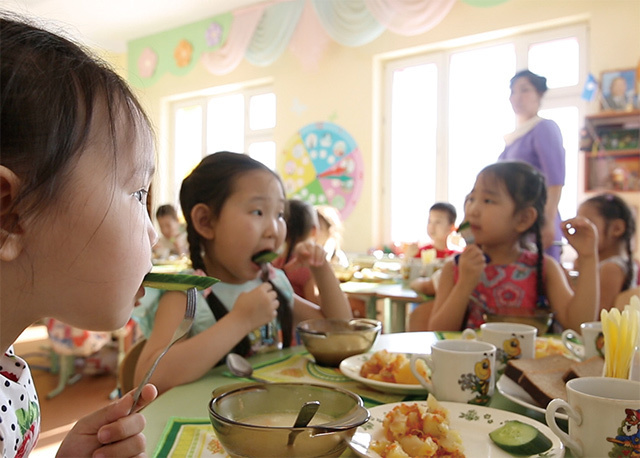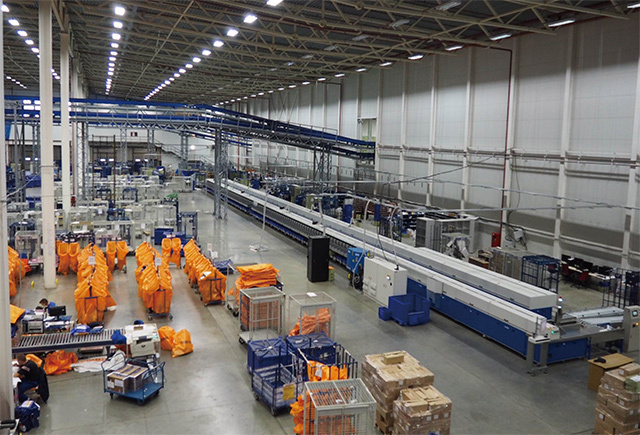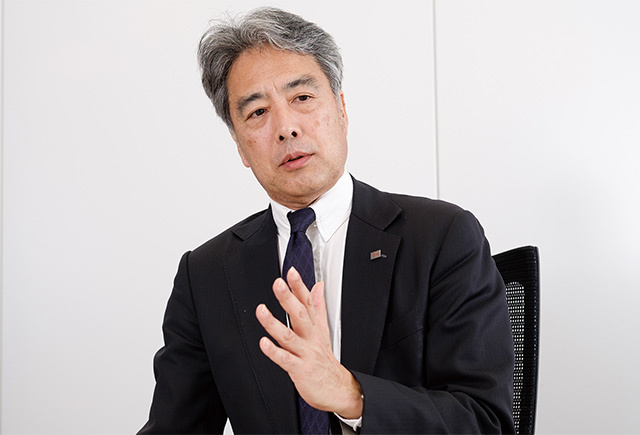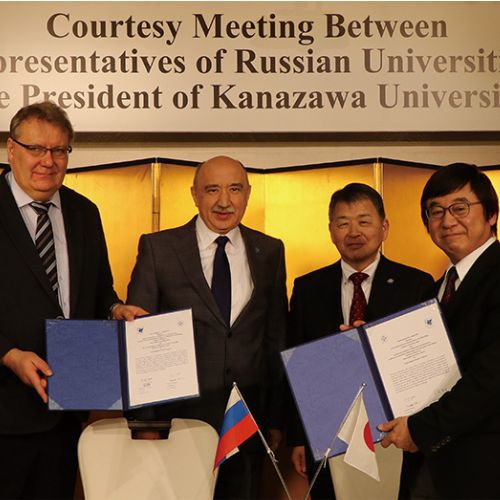The Eight-Point Cooperation Plan
(1) Extending healthy life expectancies
(2) Developing comfortable and clean cities easy to reside and live in
(3) Fundamental expansion of medium-sized and small companies’ exchange and cooperation
(4) Energy
(5) Promoting industrial diversification and enhancing productivity in Russia
(6) Developing industries and export bases in the Far East
(7) Cooperation on cutting-edge technologies
(8) Fundamental expansion of people-to-people interaction
The Eight-Point Cooperation Plan first discussed during the 2016 Japan-Russia Summit Meeting will provide mutual economic and cultural benefits to both countries. The plan has become a regular topic of discussion during Japanese-Russian leadership and cabinet official summits.
The Eight-Point Cooperation Plan proposed by Prime Minister Abe at the May 2016 Japan-Russia Summit Meeting is a concrete plan to unleash the potential of the highly promising Japan-Russia relationship. The plan will bring direct benefits to people’s daily lives in Russia in such fields as medication and healthcare and their living environments, and also promote exchange between regions, in sports, and among young people. One of the Eight-Point Cooperation Plan’s objectives is to generate as many opportunities for direct interactions between the people of Japan and Russia as possible. The intent is for such interactions to enable the citizens of both countries to personally experience the benefits of the expansion of the relationship between Japan and Russia as a result of the cooperation plan. Roughly two years have passed since the cooperation plan was proposed, and the active efforts of Japanese and Russian entrepreneurs are bearing fruit: More than 100 written agreements at the private-sector level have been signed at present, of which about 40% are moving towards realization. One after another, concrete results are materializing that will make the lives of the Russian people more comfortable and enjoyable.
This article showcases four major projects among these efforts.
Contribution to curing multidrug-resistant tuberculosis through an innovative medication
(1) Extending healthy life expectancies
In Russia, more than 14,000 citizens died of tuberculosis in 2016 according to the World Health Organization (WHO), making treatment for it an urgent need.
In recent years, multidrug-resistant tuberculosis, which is non-responsive to existing anti-tubercular drugs, has become a serious issue. In July 2017, Otsuka Pharmaceutical Co., Ltd. (Otsuka) signed a cooperative agreement with leading Russian pharmaceutical company R-Pharm JSC and began working on a plan to fight multidrug-resistant tuberculosis in Russia.
Delamanid, which was discovered and developed by Otsuka, has proved effective in the treatment of multidrug-resistant tuberculosis. In 2015, it was added to the WHO Model Lists of Essential Medicines and is being put to use not only in Japan but other countries as well.
Keiso Yamasaki, Global Project Leader of TB Projects of the Pharmaceutical Business Division of Otsuka Pharmaceutical Co., Ltd., says, “I am happy to see this research we have been conducting for a long time bear fruit, fulfilling the company’s philosophy, ‘Otsuka—people creating new products for better health worldwide.’ I hope that delamanid will bring Japan and Russia closer together.”
Most conventional tuberculosis medications have significant side effects, which makes it difficult for patients to take them over the sustained period required for a complete cure. In addition to being more tolerable in this respect, delamanid does not interact with HIV or diabetes medication, rendering it effective for patients undergoing those treatments as well.
“Delamanid’s safety is one of its distinctive characteristics, which is why the WHO also recommends its use for children. Also, the medication is taken orally rather than by injection or intravenous drip. Therefore, it has the advantage of being easy to take long-term. I think that’s what R-Pharm JSC appreciates in our product,” explains Keiso Yamasaki of Otsuka’s Pharmaceutical Business Division.
A new drug application for delamanid was submitted in Russia in March 2018. If it is exempted from clinical trials, the medication will become available in Russia in early 2019.
“We wish to make delamanid available in Russia as quickly as we can, and reduce the number of tuberculosis victims. We hope to eventually make it so that delamanid can be produced within Russia,” says Yamasaki.
For the many Russians suffering from multidrug-resistant tuberculosis, delamanid may bring new hope.
Reducing traffic jams with a high-tech traffic signal system
(2) Developing comfortable and clean cities easy to reside and live in
Tomoaki Chiba (left), General Manager of the Management Department of the Traffic Control Systems Division of Kyosan Electric Manufacturing Co., Ltd., and Ryota Notaki (right), Engineering Manager of the Engineering Department of the Traffic Control Systems Division of Kyosan Electric Manufacturing Co., Ltd. They say, “ARTEMIS’s introduction in Voronezh was reported on by local news, and we received positive feedback.”
In many Russian cities, serious traffic jams are occurring that pose a significant obstacle to economic activity and civic life. Kyosan Electric Manufacturing Co., Ltd. (Kyosan) is working on alleviating Russia’s traffic jams with a unique traffic signal system.
Ryota Notaki of the Traffic Control Systems Division of Kyosan explains, “Our traffic signal system ARTEMIS (Autonomous and Real-Time signal control based on Estimation of traffic demand for MInimization of Signal waiting time) exchanges information between signal control equipment and enables the reduction of traffic jams by controlling the timing of traffic light changes automatically. It’s a rather advanced system, even from a global perspective.”
In the hope that this system will decrease traffic jams in Russia’s cities, ARTEMIS was tested in Moscow between July and August 2017. After the system was installed at five intersections in the Moscow suburbs, transit time in the test area of about 2 km (1.2 mi.) was found to have been significantly reduced, from around 8 minutes to about 5 minutes.
Although this was Kyosan’s first project for Russia, the company was able to overcome issues in adapting the system through trial and error together with its Russian counterparts.
The city of Voronezh has officially decided to make use of ARTEMIS as well. The city’s traffic authority and Kyosan have installed ARTEMIS at 10 intersections with extremely heavy traffic along the Moskovsky Prospekt, a major avenue running through the city center.
Since the system became operational in late December 2017, ARTEMIS has shown immediate results. The average wait time at traffic signals has decreased by 28% since its implementation and it is obvious that the flow of vehicles has become significantly smoother. Residents are happy about the results, with one of them saying, “I’m really grateful for how much shorter my commute has become thanks to the reduction in traffic jams.”
“Other cities in Russia witnessing the results achieved in Voronezh are sending us inquiries. I’m honored that we are able to contribute to solving traffic jams in Russia,” says Tomoaki Chiba of Kyosan’s Traffic Control Systems Division.
This high-tech traffic signal system, which has reduced traffic jams in Japan, continues to spread in Russia.
Bringing fresh vegetables to regions of extreme cold
(6) Developing industries and export bases in the Far East
The city of Yakutsk in the north of Russia’s Republic of Sakha is located in an extremely cold region where temperatures reach as low as -60°C (-76°F). Who could have imagined that fresh vegetables could be grown in such a place? Japanese trading firm Hokkaido Corporation, which supports Japanese businesses’ activities in Russia, has coordinated a project to fulfill the wish of Yakutsk to be able to harvest fresh vegetables all year round.
Yukio Temma, Director General of Hokkaido Corporation, explains, “It was mutual trust and the desire to provide tasty vegetables that enabled this project to succeed.”
“Temperatures in Yakutsk are extremely cold and the soil is permafrost, which are immensely challenging circumstances for farming. I knew that it would be a difficult project, but if we are successful, we’ll be able to provide something very valuable,” explains Yukio Temma, Director General of Hokkaido Corporation.
For the project, Hokko Corporation is designing the greenhouse, using its experience and know-how from Hokkaido, the coldest region in Japan. The covers are made with three layers of fluoride film with excellent translucence and durability, which improves their heat retention. With sunlight hours in Yakutsk being short, Hokko’s expertise is also used to provide the greenhouse with appropriate environmental control technology such as artificial lighting.
In addition, Add-One Farm Co. Ltd. provides training in agricultural techniques. Russian growers have visited Hokkaido and learned growing methods for cold regions through this training.
In the Sayuri greenhouse, tomatoes were harvested the first winter, and now cucumbers are being grown. These fresh vegetables are enjoyed by children at local kindergartens.
The greenhouse farming installation “Sayuri,” based on Japanese technology, was established in September 2016 in Yakutsk. In October, tomato seedlings were planted for the first time, and harvesting began in December.
“People in Yakutsk couldn’t believe that we actually harvested tomatoes in the winter. From now on people will be able to have fresh vegetables even in the winter season. Yakutsk’s food culture might change significantly,” says Temma.
Sayuri began as an experimental area of 0.1 hectares (about 0.25 acres), but is scheduled to be expanded to 1 hectare (about 2.5 acres) in the fall of 2018 and to 3.2 hectares (about 7.9 acres) in 2020. More varieties of vegetables are also planned to be added accordingly. With these efforts, the food environment in this cold part of Russia is changing through Japanese technology and the enthusiasm of growers in Yakutsk.
Delivering mail, packets and parcels swiftly and reliably via automated processing systems
(7) Cooperation on cutting-edge technologies
Since about 2012, due to a boom in online shopping in Russia the number of imported packets and parcels has risen drastically. In the Christmas season when the volume is especially high because of gifts being sent, in recent years some gifts were unable to be delivered on schedule. At Russian Post’s Vnukovo Logistics Center located in western Moscow, where customs inspection and sorting processes are performed, it therefore became necessary to improve the speed and efficiency of packet and parcel processing.
Russian Post’s Vnukovo Logistics Center is an enormous facility equivalent to about six gymnasiums in scale. Using conveyor belts to reduce the burden on the facility’s staff was one of the approaches used by Toshiba.
Russian Post implemented postal automation systems from Toshiba Infrastructure Systems & Solutions Corporation (Toshiba) as a solution.
These systems swiftly read addresses and barcodes of mail, packets and parcels, enabling improvements in sorting capabilities which increase the processing capacity to about 1.32 million pieces of mail and about 700,000 packets and parcels per day.
The introduction of this system has allowed the Vnukovo Logistics Center’s amount of mail, packets and parcels processed per hour to increase tenfold. “This system consists of a customs system and various sorter systems, installed in adjacent buildings, which are connected with conveyors and allow major processes to be automated. I think that this has also been effective in reducing the workload for operators at the Logistics Center, who used to transport mail, packets and parcels manually between buildings,” says Yuichiro Ishibashi of Toshiba’s Security & Automation Systems Division.
Yuichiro Ishibashi, Head of the Logistics & Postal Systems Business Unit of the Security & Automation Systems Division of Toshiba Infrastructure Systems & Solutions Corporation, says, “We will continue to provide increasingly better options and deliver postal items to Russian citizens as fast as possible.”
Russia is continuing the automation of its international logistics center and Toshiba will work even harder toward automation of the processing of postal items.
In December 2016, a micro packet sorter was installed at the Novosibirsk Logistics Center by Toshiba. Also, in November 2017, a Toshiba customs system started operation at the Kazan Logistics Center.
“When we implemented these systems, we listened to opinions from staff on-site and made every effort to fulfill the Russian side’s needs,” explains Ishibashi.
The amount of postal items handled by Russian Post is expected to increase even more, and Japanese technology will continue providing support through acceleration and automation to ensure that they will be delivered swiftly and reliably to the people of Russia.


























